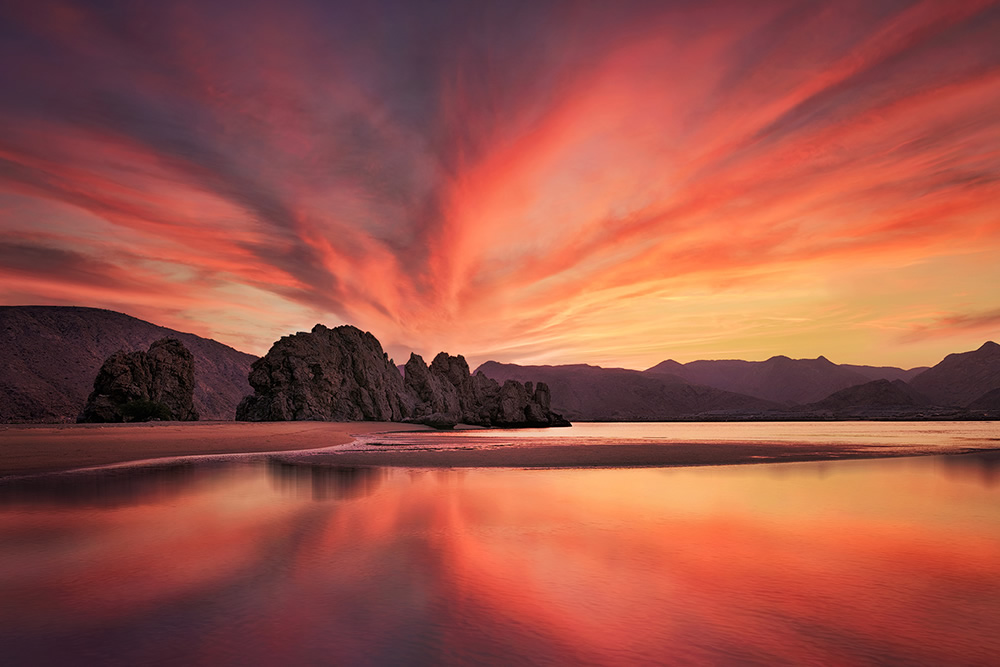As the days become shorter – or longer, the light outdoors breaks rather differently in the sky, making it a fine time of year to capture the radiance of an autumn – or spring, sunset. There’s just something about a radiant sunset that makes you want to leap for your camera and capture that unique moment in time. Capturing sunsets isn’t hard, but there are a number of tricks you can use to make your shots better.
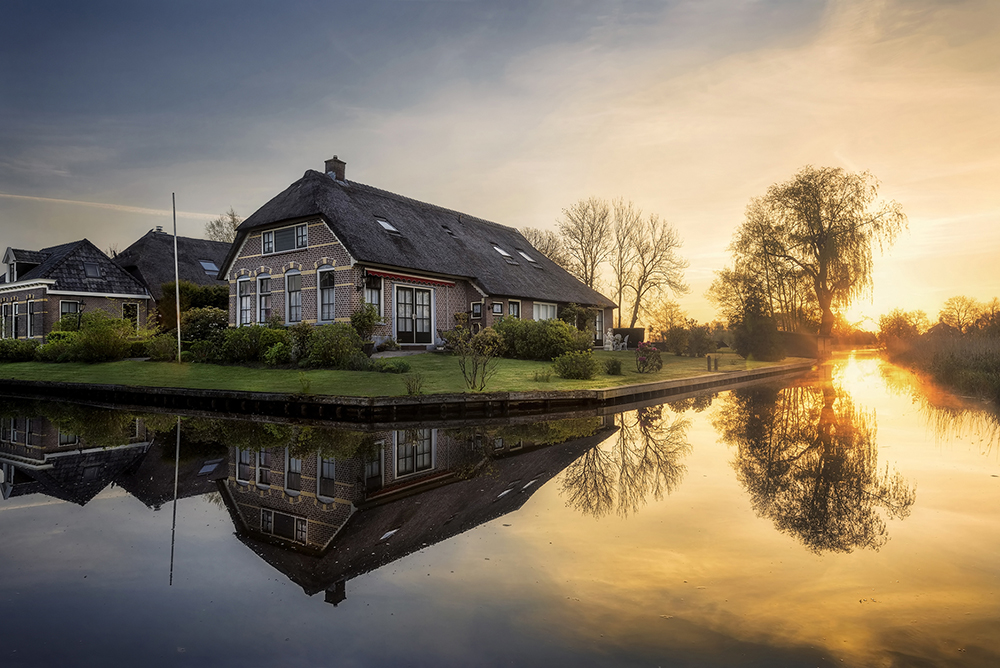
#1 Do Your Homework
It is always a good rule of thumb to think ahead. Occasionally fantastic sunrise and sunset photos can be taken spontaneously without any pre-planning, however, experience shows that the best images come out of planning. Explore places you feel have the perfect sunset views at least a day or two before your photo-shoot. Stay of the weather report and find out when the sun will rise or set. Get there at least half an hour beforehand. A tripod will help you maintain your framing and keep your shot steady. Sunsets only last approximately a half-hour, so be prepared to catch the magic as it happens.
- A variety of different types of sunsets will produce a range of different types of lights and patterns in the sky.
- Be aware of days when there is smoke or dust particles in the air as they can yield remarkable – or unwanted – results.
- Cloudy days can be great days for sunset shots! Clouds can produce magnificent color images that convey the emotion of being at that moment for the viewer.

#2 Capture the Colour
Have you ever noticed a sight so beautiful you had to run outside to capture it in a photograph? Then to your dismay, after uploading it to your computer, the coloration looked nothing like it did in person? Although our human eyes can appreciate the intense blues, yellows, and oranges we see in the sky, the camera’s automatic balance tries to correct them. This, unfortunately, dulls the color down substantially so that they appear “normal.” Let’s take a look at some simple solutions:
- If you have manual settings, turn off the automatic white balance, and set the white balance to the warm side.
- If your camera has a color lens setting or you are shooting with a DSLR or SLR, try some photos with the red filter selected.
- Using a compact camera or cell phone that doesn’t offer these manual settings? No problem – use the automatic setting which will help the camera to mechanically use the best focus and exposure (no flash) for this type of picture.
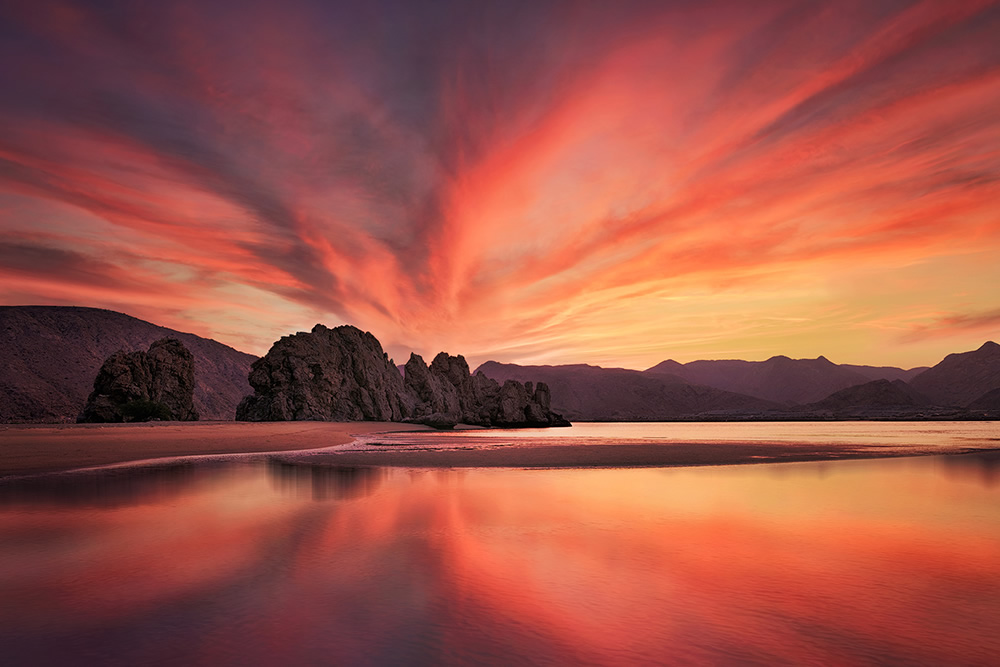
#3 Light Exposure
Light is the fundamental component in a successful sunset photograph. Its intensity and the angle at which it illuminates play a vital role in expressing a mood. Dawn light is of low intensity and has a gentleness that softens colors and definition. By contrast, in the afternoon as the sun sets, color concentration, form, and texture improves, and by twilight, the scene has a rosy warmth. Many photography beginners often find their photographs are either underexposed (too dark) or overexposed (too white or light). However, there is a way to manually change the exposure to compensate for these inconsistencies. Consider the following:
- Most digital SLR cameras have an exposure compensation button that looks like a plus and minus sign (+/-).
- This button can be used when your camera is in any non-automatic mode.
- A favorite shutterbug exposure tip is to experiment with the exposure from the colored part of the sky on either side of the sun. This will result in different color exaggerations throughout the sky.
- When it comes to sunsets, there honestly is no correct exposure. It really depends on the type of shot you want to achieve.

#4 Focus
Now that you’ve set your camera and framed your shot, it’s time to shoot. Hopefully, you’ve loaded up your high capacity memory card because the best method is to click away! Shoot at an assortment of focal distances. Wide angles can create far-reaching landscape shots, but if you desire the sun itself to be a feature of the shot you will want to zoom right in. If you’re shooting at longer shutters speeds and with longer focal lengths, then a tripod or some other way of ensuring your camera is completely still is essential. Here are a few focusing tips:
- Try to lock the focus on the sky. If you leave the camera on an automatic focus, the sensor may have difficulties locking, resulting in a blurred picture.
- If you have the ability to set focus, set it to Infinity to keep both the sun and horizon line in focus.
- Warning: Be aware that when you look at the sun through a magnifying lens it can be quite dangerous to your eyes, so make sure is the sun is not too high in the sky while directing focusing your equipment.
Although the clarity of your foreground isn’t as important as the sunset, making sure it results in an amazing silhouette is. So make sure you turn off your flash! Unless illuminating the foreground objects is your goal, the light from the flash will just get absorbed by the sky. Again, there is no wrong way in “art” so if being “different” is your goal, by all means, flash away!
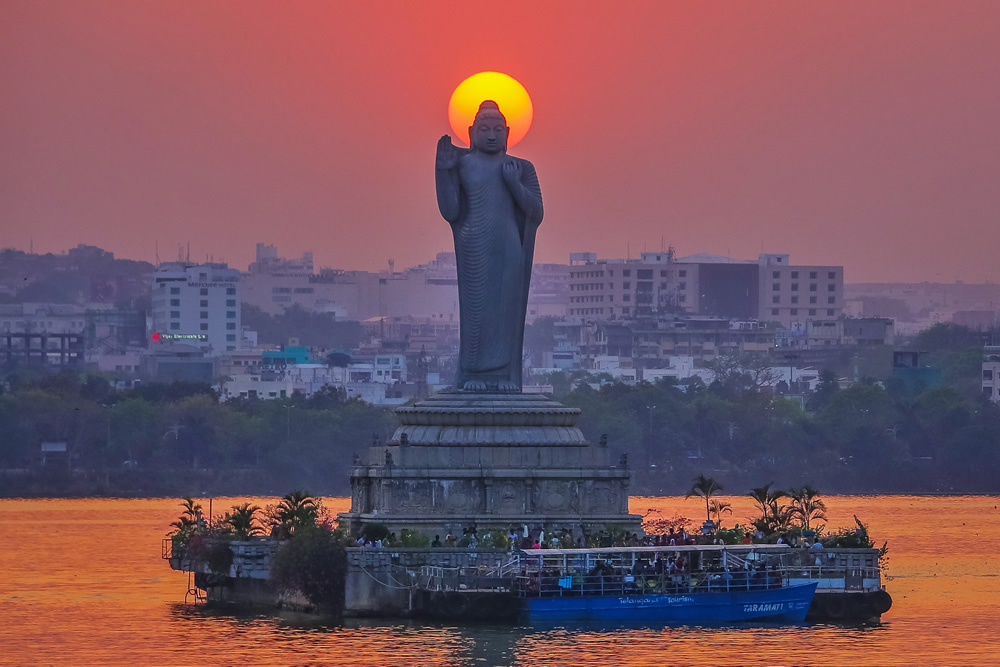
#5 Weather
The most fascinating sunsets are those where different colored haze and clouds are in the sky. Never discount a cloudy sky when trying to capture the essence of a sunset, the haze will make a very dramatic skyline. The sunlight coming through the clouds will also create deep reds and purples, which will help you create a strong scene to captivate your viewer.
- Try to find a sunset that is breaking through the clouds, and don’t forget this mantra: Bad weather, good pictures!
- Learn to read the sky and try to predict what is coming. Often on a grey, cloudy day you will notice that the only patch of clear sky is far away near the horizon. If that is the case, you can go looking for a good location and set up for your sunset photo.
Be creative and have fun with it! Everyone craves a connection to memories and distant places. Reflect on how the sunset makes you feel and try to evoke that true emotion through a connection with the viewer.

#6 Silhouettes
As with all photographs, sunsets call for a point of concentration. One of the best ways to add interest to any picture is to incorporate some sort of silhouette into the shot. This could be something large like an oak tree, or something that is part of the environment like a fishing pier, or you could even use a person.
- Search intriguing places that include appealing shadows and background elements.
- Silhouettes always define the mood to the context of your sunset shots.
- It is often a good idea to place silhouettes off-center for additional intrigue.
Silhouettes are a wonderful way to convey drama, anonymity, excitement, and overall mood to the viewers of your photos and often stand out in an album. They tell a strong story through the contrast of simplicity. I love them because they don’t give the viewer a clear picture of everything, but leave part of the image up to their imagination.

#7 Composition
When selecting a location for your sunset, keep in mind that your hero in this shot is the sunset, not other elements in the scene. For that reason, position yourself to allow an unrestricted view of the sun. Essentially try your best composition to make sure your view of the sky is not obstructed.
- Always position yourself so you can see the maximum amount of the horizon in your frame.
- Place the sun at one of the sides of the frame, rather than at the center, this will help you to create more interest in the frame.
- Wait for the really beautiful shots. Allow yourself enough time to watch the sunset fully from start to finish.
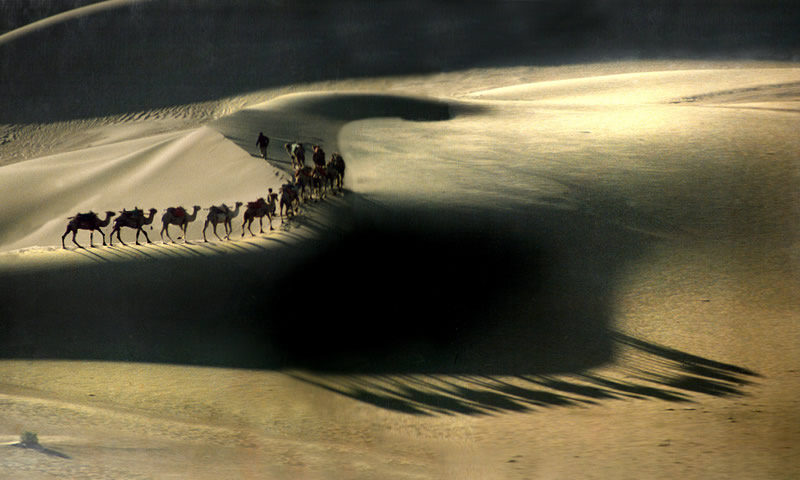
Are you now ready to ride off into the sunset? Well, it turns out sunset photography maybe a little more complicated than you initially thought. The true value of photography becomes the appreciation and satisfaction of being in the moment. Once you take the time to prepare for that perfect sunset, you will be able to look at your work and go back to that time and place forever.
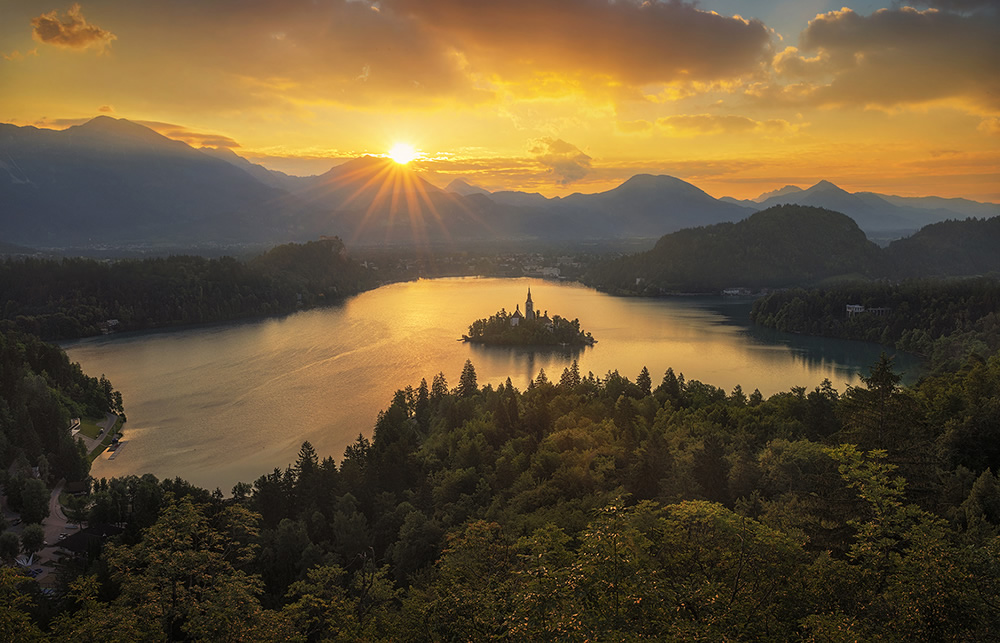
Related Articles
- Awesome Tips and Examples of Out of Focus in Photography
- What is An Environmental Portrait – Tips & Examples
- 15 Beautiful Tips and Examples of Bokeh Photography
- Essentials for Post Processing in Photography
- Long Exposure Photography Tips, Tutorials And Videos

